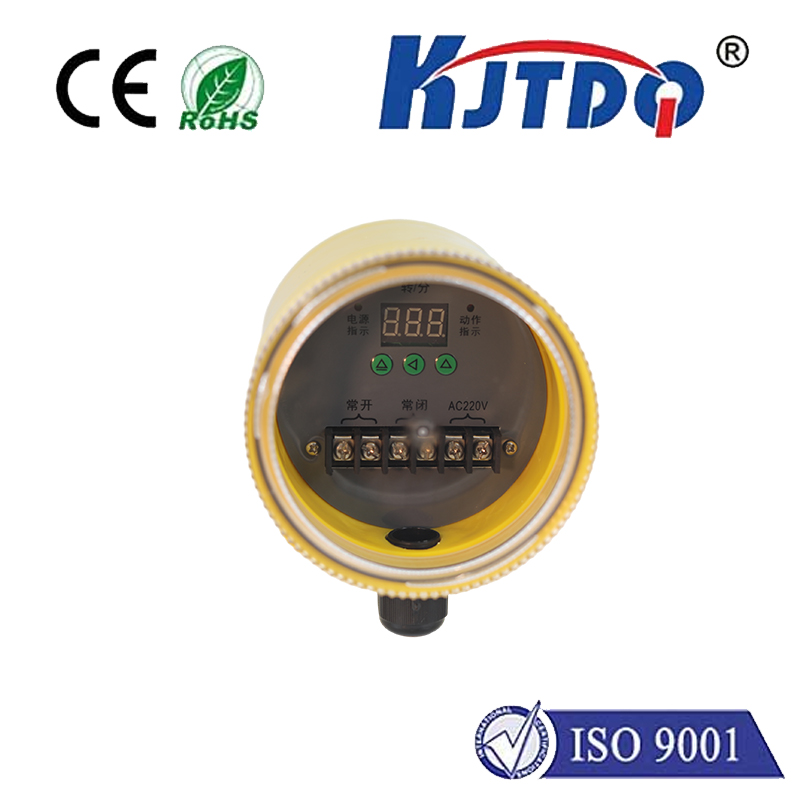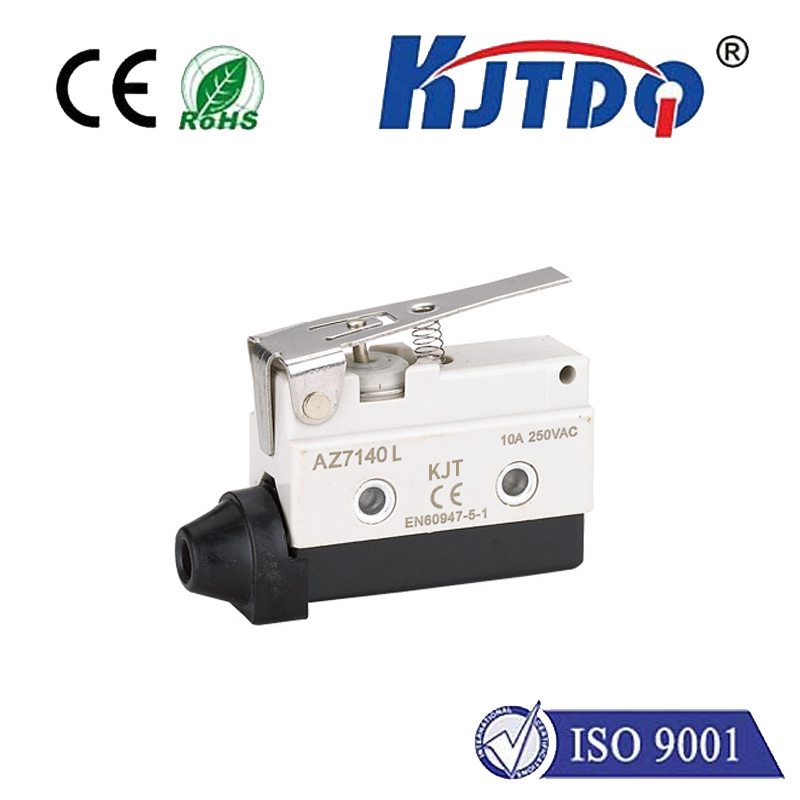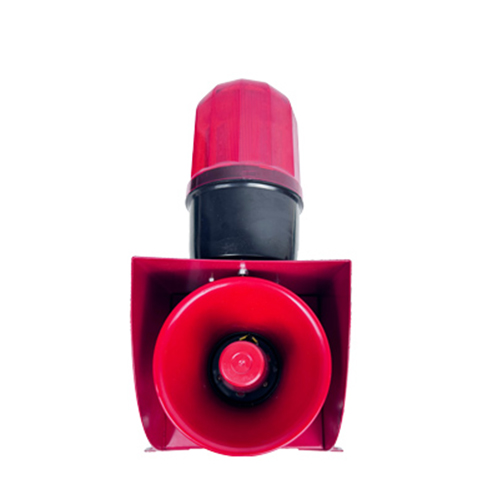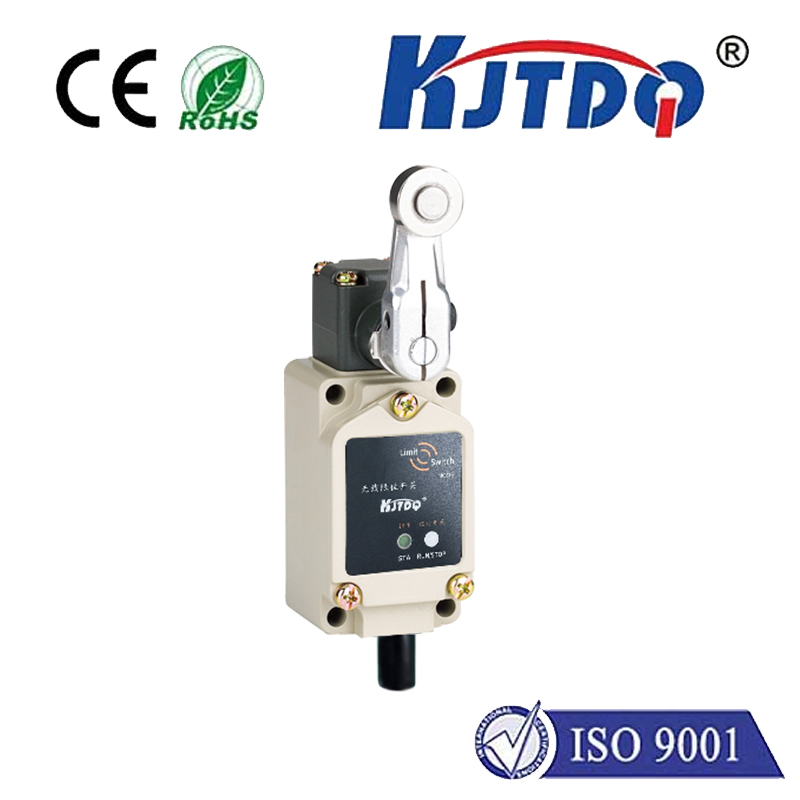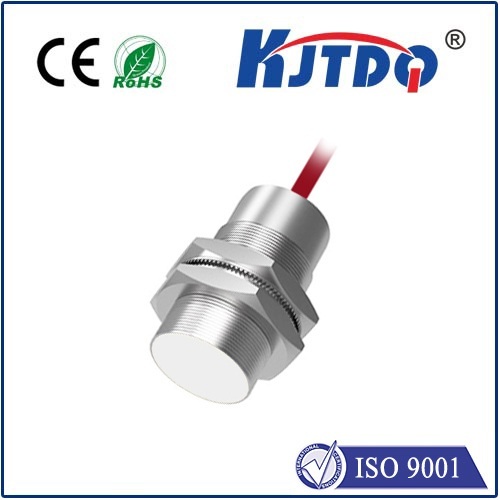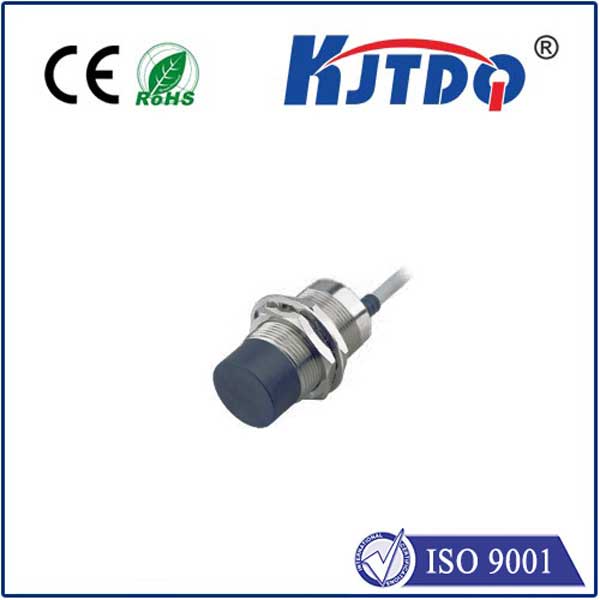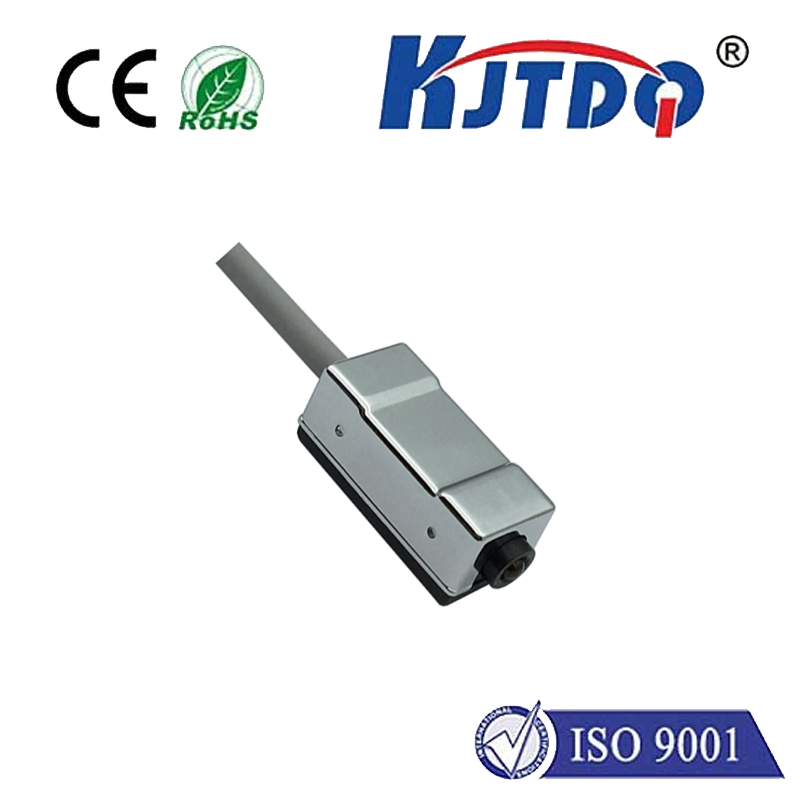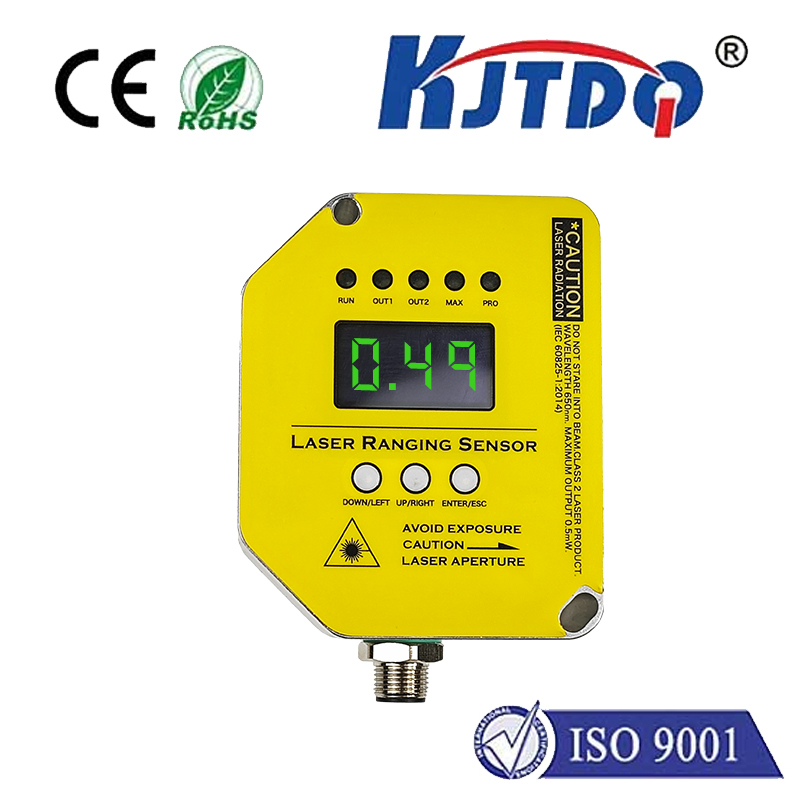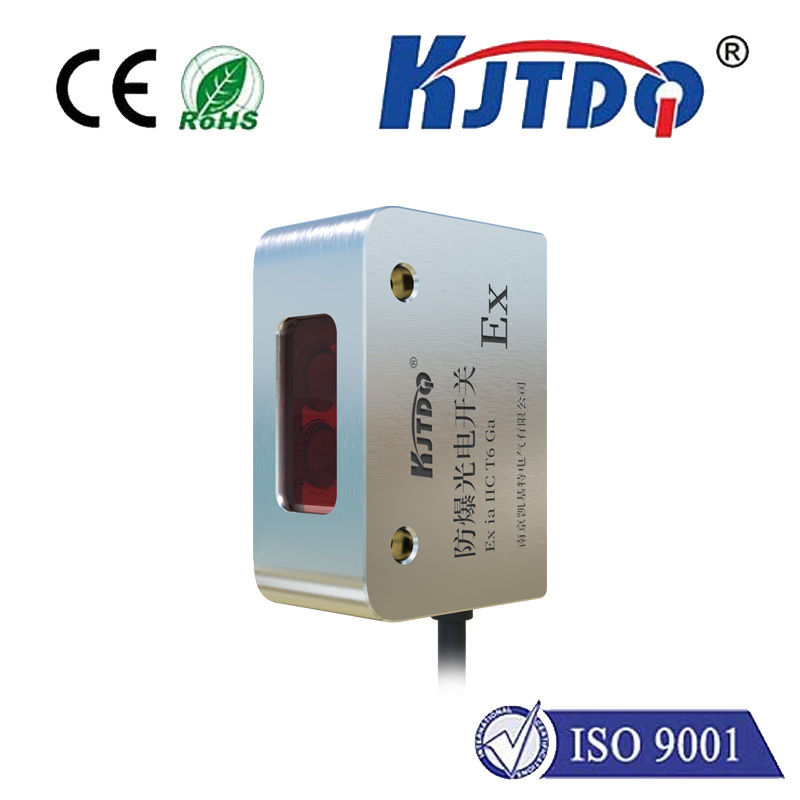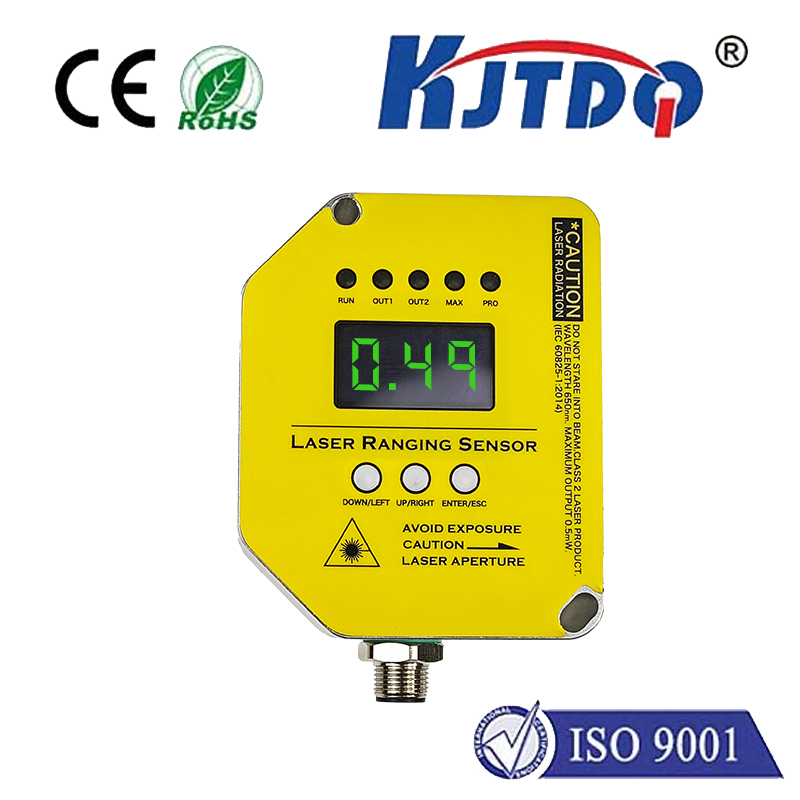vcnl4010 proximity light sensor
- time:2025-07-18 08:27:48
- Нажмите:0
The VCNL4010 Proximity & Ambient Light Sensor: Your Compact Solution for Smart Detection
Ever wondered how your smartphone screen elegantly dims when held to your ear, or how a device magically awakens as you approach? This intelligent interaction often relies on a workhorse component: the VCNL4010 proximity light sensor. This versatile chip, integrating both proximity sensing and ambient light detection capabilities into a single, tiny footprint, has become a cornerstone for adding sophisticated, intuitive control to countless electronic designs. Understanding its operation and benefits is key for engineers and designers seeking reliable, low-power sensing solutions.
At its heart, the VCNL4010 is a highly integrated sensor module from Vishay Semiconductor. It cleverly combines an infrared proximity sensor and a dedicated ambient light sensor (ALS) on one compact chip. Proximity sensing works by emitting an infrared (IR) light pulse from its built-in IRED (Infrared Emitter Diode) and then measuring the intensity of the reflected IR light using a closely matched photodetector. Objects closer to the sensor reflect more IR light back, enabling the IC to calculate relative distance or simply detect presence within its effective range (typically up to 200 mm). Simultaneously, the ambient light sensor measures the visible light levels in the surrounding environment, providing crucial data for tasks like automatic display brightness adjustment.
So, what sets the VCNL4010 apart in a crowded sensor market?
- Dual Functionality in One Package: The most significant advantage is the seamless integration of proximity and ambient light sensing. This eliminates the need for sourcing, placing, and calibrating two separate sensors, simplifying the bill of materials (BOM), reducing PCB real estate requirements, and streamlining design complexity. This integration is a major boon for space-constrained applications like wearables and smartphones.
- Compact Design: The VCNL4010 comes in a small, surface-mount (SMD) package. Its minimal footprint is ideal for modern electronics where every square millimeter counts on the PCB.
- Digital Simplicity: Communicating via the ubiquitous I²C bus, the VCNL4010 provides easy interfacing with most microcontrollers (MCUs) like Arduino, Raspberry Pi, ESP32, and countless others. This eliminates the hassle of dealing with analog voltage outputs requiring precise ADCs. Configuration and data retrieval become straightforward digital transactions.
- Programmable Flexibility: Engineers appreciate the high degree of configurability. Key parameters are programmable:
- Proximity IR Current: The current driving the IR emitter can be adjusted (typically in steps), allowing optimization for detection range or power consumption based on the application’s specific needs. Need longer range? Increase the current. Need ultra-low power? Decrease it.
- Proximity Measurement Rate: The frequency of proximity measurements can be set, enabling a balance between responsiveness and power savings. Applications requiring constant detection can use a high rate, while intermittent checks can conserve significant power.
- Ambient Light Parameters: Settings like integration time and gain for the ALS channel can be configured to tailor its sensitivity and dynamic range to different lighting environments.
- Excellent Performance Metrics: The sensor delivers reliable proximity detection within its specified range. Its ambient light sensor boasts a wide dynamic range (typically 0 to 65535 lux), capable of accurately measuring light levels from total darkness to bright sunlight, making it suitable for both indoor and outdoor devices.
- Optimized Power Consumption: With features like programmable measurement rates and a standby mode triggered via the I²C interface, the VCNL4010 is designed for battery-powered applications. It consumes minimal current, especially when configured for periodic checks or when the host MCU puts it into sleep between readings. Low power consumption, often in the microamp range during active sensing and nanoamps in standby, is a critical feature for modern IoT and portable gadgets.
- Integrated Signal Processing: The chip handles the complex analog front-end internally. It processes the raw photodiode signals for both proximity and ambient light, providing clean, digital proximity and lux level readings directly to the host MCU. This offloads processing burden and improves signal integrity.
The integration and versatility of the VCNL4010 proximity light sensor unlock a vast array of applications:
- Smartphones & Tablets: Automatically turning off the display & touchscreen during calls (proximity), and auto-brightness adjustment (ALS).
- Wearables (Smartwatches/Fitness Trackers): Enabling gestures (like covering the watch to mute it - proximity), screen on/off when looking at the device (proximity + ALS), and auto-brightness adjustment.
- Laptops & Monitors: Implementing features like “approach to wake” or dimming the display/keyboard backlight in low ambient light conditions (ambient light detection).
- IoT & Smart Home Devices: Proximity detection for touchless switches, automatic faucets/sanitizer dispensers, or waking smart displays/speakers when someone approaches. Ambient light sensing for smart lighting controls.
- Промышленная автоматизация: Object detection on assembly lines, machine safety interlocks, and equipment status/wake-up based on operator presence.
- Consumer Electronics: Adding intuitive controls to printers, appliances, toys, and more.
Implementing the VCNL4010 is generally straightforward. Its simple I²C interface (requiring just SDA, SCL, power, and ground) means minimal external components are usually needed – typically just bypass capacitors. However, careful attention to PCB layout and component placement is vital, especially regarding the IR emitter window and optics. Ensuring the IR light path is unobstructed and minimizing direct coupling between the emitter and detector on the PCB is crucial for reliable proximity sensing performance. Shielding or physical barriers might be necessary in some designs. Many development boards and breakout modules are readily available, significantly accelerating prototyping. Vishay provides detailed datasheets and application notes covering configuration registers, measurement algorithms, and layout recommendations, making it accessible even for those new to integrating proximity light sensors.
In summary, the VCNL4010 proximity light sensor stands out as a remarkably capable and convenient sensing solution. Its unique combination of integrated proximity detection and ambient light measurement, coupled with its digital interface, compact size, low power consumption, and programmable flexibility, makes it an exceptionally attractive choice for designers. Whether you’re building the next smartphone, a smart wearable, an automated home device, or optimizing an industrial control panel, the VCNL4010 offers a powerful, efficient, and space-saving way to add intelligent, context-aware functionality. Its ability to simplify complex sensing tasks into a single, easy-to-integrate package continues to secure its place as a go-to component for intuitive human-machine interaction.
